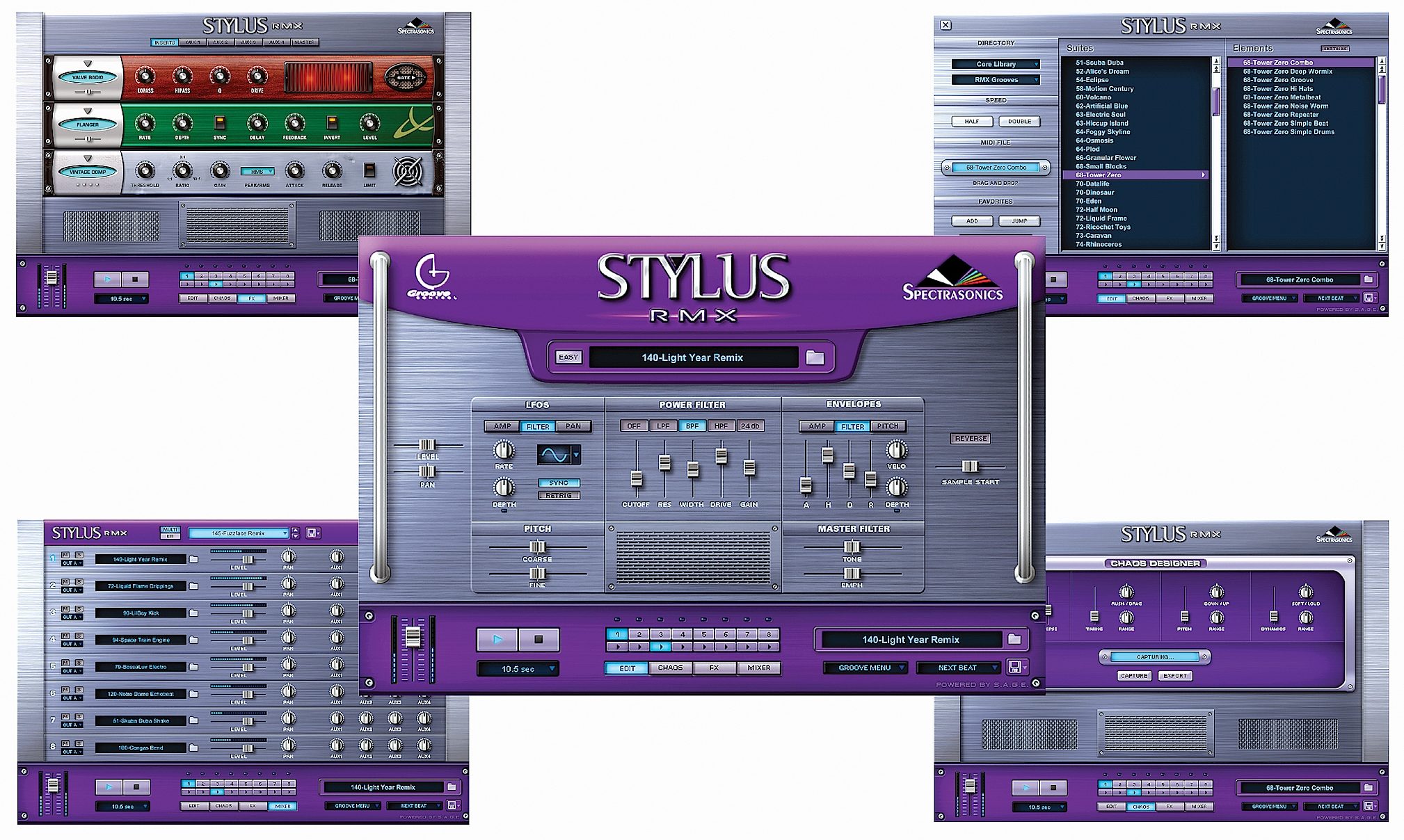


The purpose of this calibration is to understand the duration the average note is being held and the delay between each, depending on the note sequence. If it’s the first time the real-time recording feature is being used with this device, the MIDI calibration window will appear. To start a MIDI recording, click on the record button just beside the play button. Once a note has been pressed and released on the device, this note will be set at the cursor location, taking the same duration that the previous note or rest.Ĭhords are also supported and will make the composition process frictionless. The step mode is the default input mode, automatically activated as soon as you connect a MIDI device to Flat. Two different modes are available while using your MIDI devices to input notes on a score : Step mode The MIDI selection menu also offers a way to disable the step mode, in order to play with the MIDI device and Flat sounds, without having notes being written on the score. However, a port cannot be selected as an input and as an output at the same time. The MIDI selection menu is divided into two sections: input and output ports.Įach section allows to select one port. We are really aware of these missing features and will work on improving them in the near future. Keyswitches (to switch from Arco mode to Pizzicato mode for example).The MIDI Input and Output features are still at an early development stage and several critical features aren’t supported yet. You can here find our dedicated page on MIDI troubleshooting. This help page explains how to use both the MIDI input and MIDI output features. Flat make use of built-in solutions to connect Flat to your MIDI devices, DAW and sequencers through MIDI ports.


 0 kommentar(er)
0 kommentar(er)
